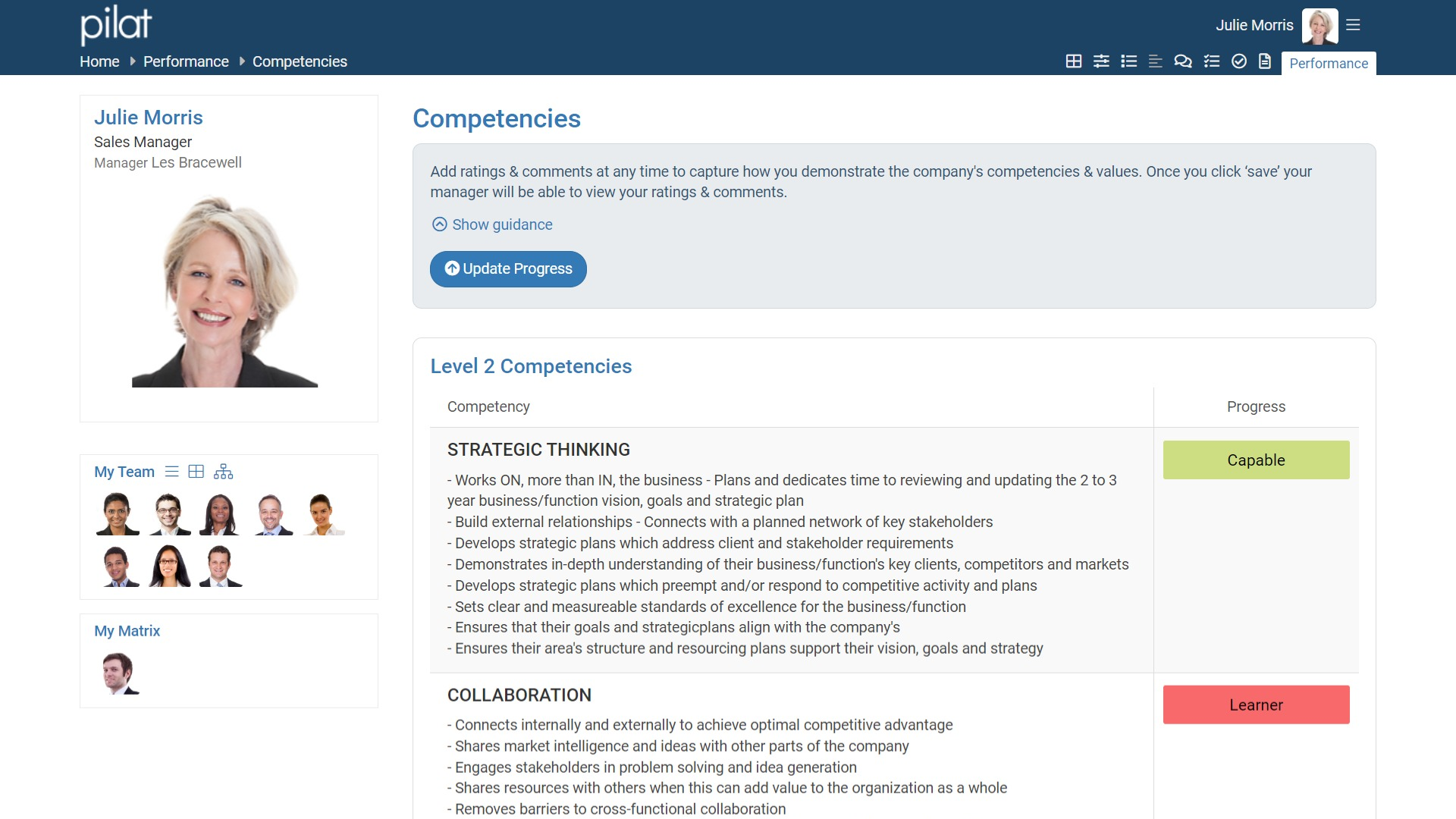Using Technology to Measure Potential
20 April 2023 | Tim Els
Within the HR community there is a wide range of opinions on how to measure potential. This can be done by measuring behaviours or competencies and assessing whether the person is operating in an upper performance quartile, or describing behaviours needed for success at different hierarchical levels (the Drotter model) and assessing whether the person demonstrates such behaviours in their current role.
From a pragmatic perspective, we are trying to identify in human terms whether or not an individual can successfully do something they have not yet done, and by doing so, realize a new level of performance (potential). Are there varying levels of potential – does someone who prioritizes multiple tasks have more potential than a colleague who approaches them in a linear fashion? It is important to consider the contextual fit with our respective needs.

For example, if an organisation is in a cultural transition, leaders who can quickly adapt and role model the required new culture may have more potential to deliver new behaviours quick.
It may be useful to consider the following factors
• What behaviours distinguish current exceptional performance
• What capabilities and behaviours support the brand (after all the brand is sacrosanct)
• Recognizing success today is not the same as predicting success for tomorrow. Identified behaviours that support ability to respond to changing circumstances, including self-awareness, personal development, intellectual agility and business acumen.
Measuring potential
Human Resources often try to make objective decisions by employing a number of instruments. These commonly include psychometrics, biographical and competency-based interviews, assessment and development centers, and performance feedback (such as 360).
Psychometrics are robust tools that measure various types of ‘intelligence’ (e.g., analysis and reasoning) and are usually normed against the population. They are useful to identify people with ‘power under the hood’.
360 degree feedback provides a holistic view of an individual’s capability. Keep in mind each person has a different set of raters, each with their own perspective and rating standard. Also keep in mind that 360 feedback relies on a person having had the opportunity to demonstrate each behaviour which, if it is related to a future role, may not yet have been displayed.
Competency based interviews look for examples of past behaviour that are helpful. They can increase the predictive validity of the assessment process from 0.2 (for a biographical interview) to .51 (for a structured interview). One of the positive aspects of this process is that every person assessed is exposed to a structured set of questions which direct the person to draw only on what they have done, experienced or learned. A potential limitation is that introverts frequently do less well in these types of interviews although, if appointed, can often achieve as well as their extrovert colleagues.
Assessment/Development Centers look at how participants interact with each other and with situations. It does mean that any individual’s performance is affected by the others in the group. So it can be easy to rank individuals within a center, but sometimes difficult to objectively rank people across centers. For example, I might perform well against a set of criteria with one group of less effective people but struggle with people of similar capability to myself. To measure potential objectively, each person needs to face a set of challenges and simulations that allow rating of the potential factors without interference from external variables (like other participants). So each person needs the same chance to demonstrate that they have potential to deal with it. This is best achieved by scripted interactions, or at least governed by a set of predetermined rules (such as using actors and scenarios). Assessment centers still offer a high level of predicative validity (.53) of potential as long as they are well constructed with a variety of progressive and adaptive simulations.
Psychological assessments usually require time spent with an Occupational Psychologist discussing past experiences and situations to explore drivers, coping mechanisms and values. May be considered expensive but can be a valuable method of identifying potential executive leaders.
In summary, when measuring potential, ensure that you build a business-relevant framework which articulates what it means to have potential in your business, ensuring that factors that make people successful today and that can meet future needs are included. Secondly, use a combination of assessment methodologies to ensure a quality result (comprehensive, valid, reliable, differentiating, useful and defensible).

